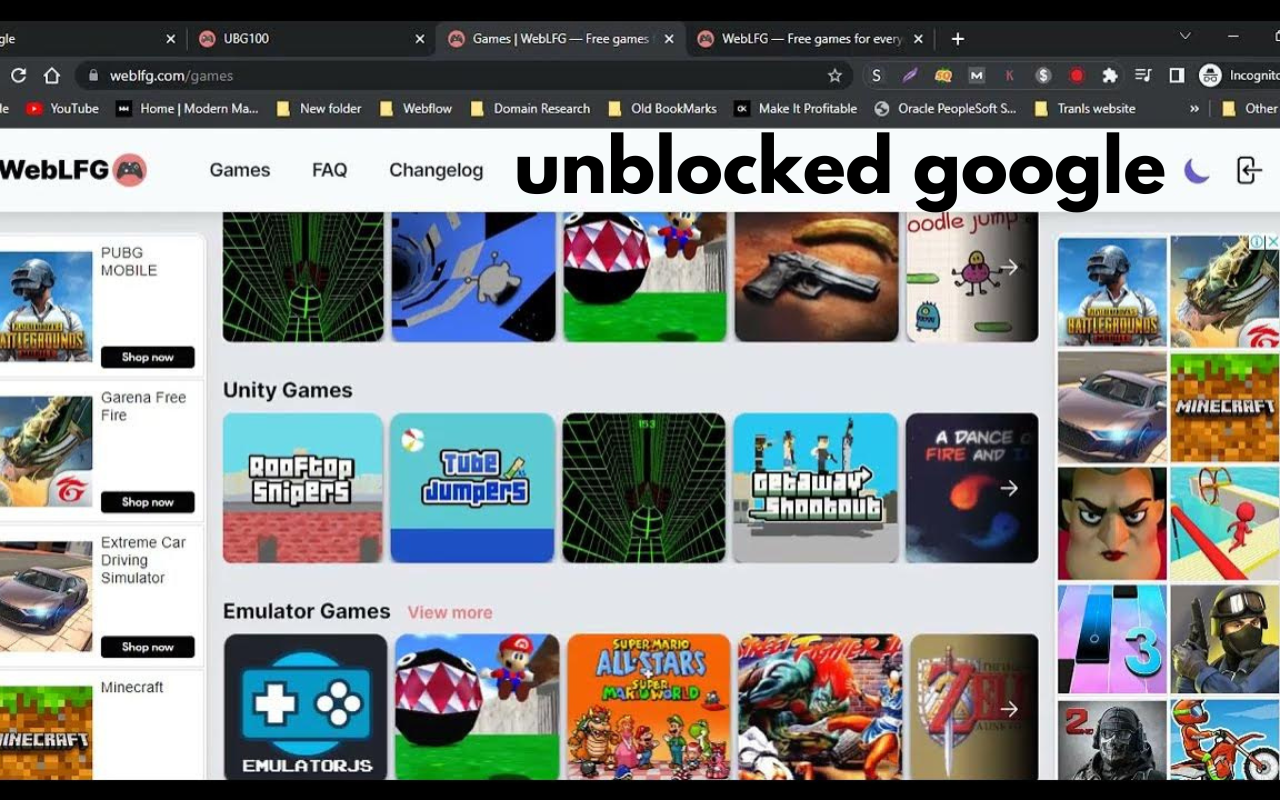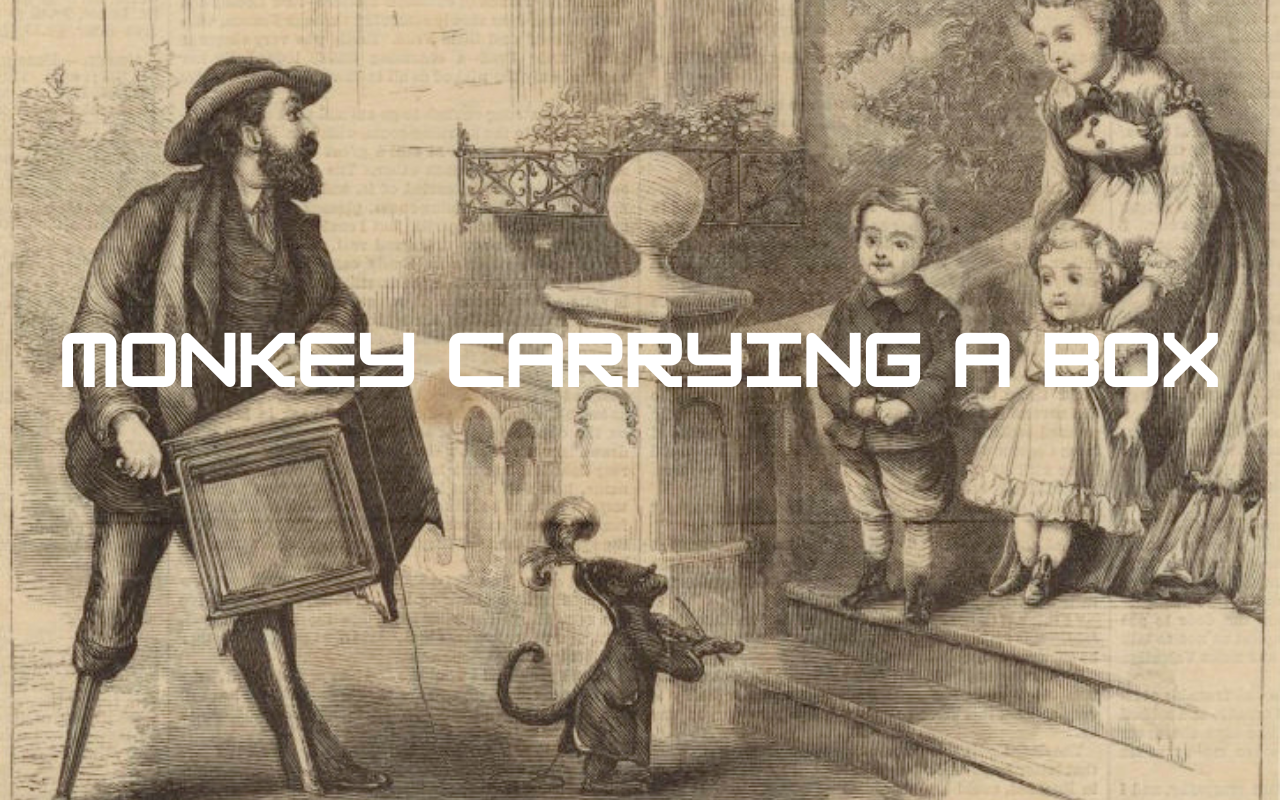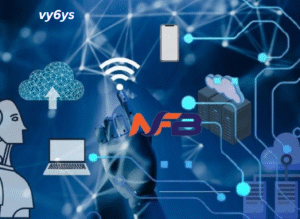The Untold Story of olivia rodrigo stanley A Deep Dive into the Viral Phenomenon
Olivia Rodrigo has undeniably taken the music world by storm, catapulting from a beloved Disney Channel actress to a chart-topping pop sensation almost overnight. Her debut album SOUR shattered streaming records and resonated deeply with a generation navigating heartbreak, self-discovery, and teenage angst. But amid her meteoric rise, olivia rodrigo stanley an unexpected figure—or rather, a name—began circulating online alongside her: “Stanley.” For casual observers, the connection between Olivia Rodrigo and Stanley might seem perplexing. Yet, for those immersed in internet culture, “Stanley” has become an inside joke, a meme, and a viral sensation tied to Rodrigo’s fandom.
The Olivia Rodrigo-Stanley phenomenon exemplifies how modern fandoms blend music, celebrity worship, and internet virality. The name popped up in countless memes, speculative posts, and even fan theories, blurring the line between genuine curiosity and ironic humor. But what exactly is the story behind Stanley, and why has it captivated Olivia Rodrigo’s fanbase? This article explores the origins, evolution, and impact of the “Stanley” trend, while shedding light on the broader dynamics of stan culture and internet-driven celebrity narratives. By olivia rodrigo stanley tracing this viral moment, we gain insights into the power of fandoms to shape and remix the stories surrounding their idols in unexpected ways.
Who is olivia rodrigo stanley
Born in 2003 in Temecula, California, Olivia Rodrigo quickly demonstrated a passion for the performing arts. She got her first taste of fame with roles in Disney’s Bizaardvark and later High School Musical: The Musical: The Series, where her songwriting talents first became evident. But it wasn’t until the release of her debut single “drivers license” in early 2021 that Rodrigo became a household name worldwide. The track, infused with raw emotion and lyrical vulnerability, broke Spotify’s record for most streams in a week and topped charts across multiple countries.
Rodrigo’s debut album SOUR further cemented her status as a generational voice. Songs like “good 4 u,” “deja vu,” and “traitor” resonated with fans for their blend of pop-punk energy, confessional lyrics, and teenage emotional honesty. Her ability to channel personal heartbreak into universally relatable music earned critical acclaim, Grammy Awards, and olivia rodrigo stanley a loyal global fanbase. Beyond music, Rodrigo became a cultural icon for Gen Z, using her platform to advocate for women’s rights, political engagement, and mental health awareness.
Her influence extends beyond music charts into fashion, social media trends, and pop culture discourse. Olivia Rodrigo’s authentic, sometimes unpolished public persona makes her a relatable figure in a world of curated celebrity images. As a result, her fans feel deeply connected to her, engaging not just with her music but with every facet of her public life—including quirky moments like the mysterious “Stanley.” Understanding Rodrigo’s journey is essential to grasp why even a seemingly random name could spark viral interest within her fandom.
Unpacking olivia rodrigo stanley Origins and Meaning
So who—or what—is “Stanley” in relation to Olivia Rodrigo? Strangely, there’s no official “Stanley” in her known circle of collaborators, friends, or public relationships. Instead, “Stanley” emerged as a meme, a tongue-in-cheek inside joke that spiraled into viral fame within Rodrigo’s fandom. The origins trace back to a TikTok video where a fan jokingly referred to an imaginary character named Stanley while reacting to Rodrigo’s music. The playful absurdity of the name, paired with the emotional intensity of her songs, struck a chord with fellow fans who began inserting “Stanley” into memes, song lyric edits, and fan fiction.
Soon, the name “Stanley” became a stand-in for various interpretations: an ex-boyfriend, a fictional villain, or even a personification of heartbreak itself. Fans debated whether Stanley represented an actual person from Rodrigo’s past or was simply a collective joke born from fandom creativity. The lack of clarity fueled speculation across TikTok, Twitter, Reddit, olivia rodrigo stanley and fan forums. Some even speculated that Stanley might appear in a future song or project, though no evidence ever supported such theories.
What makes “Stanley” fascinating is how it embodies the participatory nature of modern fandoms. In an era where fans remix content, create narratives, and invent memes, Stanley serves as an example of how fan communities co-create meaning beyond the artist’s official storylines. The mystery wasn’t about solving a puzzle; it was about belonging to a shared joke, a coded language among fans who found joy in playful absurdity.
The Role of Fandoms and Internet Culture

The Olivia Rodrigo-Stanley phenomenon underscores the evolving dynamics of fandom in the age of social media. Today’s fan communities don’t passively consume celebrity content—they actively remix, reinterpret, and circulate it. Platforms like TikTok and Twitter enable fans to create viral jokes, fictional lore, and collective narratives that can transcend the artist’s original intent. Stanley became a meme not because of any direct connection to Olivia Rodrigo’s real life, but because fans enjoyed weaving him into the emotional tapestry of her songs.
Stan culture—derived from the term “stan,” meaning an obsessive fan—plays a pivotal role here. Stan communities often operate with their own language, memes, and inside jokes that reinforce a sense of belonging. The Stanley meme exemplified this, olivia rodrigo stanley acting as a badge of fandom membership. Participating in Stanley jokes signaled you were “in” on the fandom culture, while outsiders remained confused. This exclusivity fueled further engagement, as fans delighted in explaining—or deliberately withholding—the meme’s context.
The phenomenon also highlights the power of memes in shaping celebrity narratives. Much like “Onika’s son” memes in the Nicki Minaj fandom or the fictional “Larry” ship among One Direction fans, Stanley represents how fans project, imagine, and remix celebrity stories to create communal fun. In this ecosystem, artists sometimes embrace these memes, while other times they remain silent, letting fan culture flourish independently. Regardless, the memeification of celebrity figures reflects a shift where fans are no longer mere spectators—they’re co-authors of the celebrity mythos.
olivia rodrigo stanley s Response and Public Reaction
Interestingly, Olivia Rodrigo has never publicly acknowledged the Stanley meme, leaving its mystery intact. This silence hasn’t dampened the fandom’s enthusiasm; if anything, it has amplified the mythos surrounding Stanley. Fans speculate whether she’s aware of the meme or intentionally ignoring it to preserve its inside-joke status. Meanwhile, media outlets occasionally reference Stanley in articles exploring Rodrigo’s fan culture, recognizing its viral appeal without attributing it to any official narrative.
The public reaction to Stanley has been a blend of amusement, confusion, and fascination. Those outside Rodrigo’s fanbase often stumble upon Stanley memes with bewilderment, prompting them to search for explanations. This viral curiosity contributes to Rodrigo’s online buzz, albeit in unconventional ways. In an age where memeability can enhance an artist’s cultural footprint, even unrelated jokes like Stanley add to the richness of her digital persona.
For fans, Stanley isn’t just a meme—it’s a testament to their collective creativity. Whether inserted into lyric edits, fan art, or parody videos, Stanley represents a shared joy that transcends the specifics of Rodrigo’s actual life. It’s a reminder that fandom is as much about connection and humor as it is about admiration. And for Olivia Rodrigo, the silent co-existence with Stanley shows a graceful embrace of fan-driven narratives without needing to control or direct them.
Conclusion
The story of Olivia Rodrigo and Stanley reveals much about the interplay between celebrity culture, fandom creativity, and internet virality. What began as a simple meme evolved into a shared language, a playful mythology that strengthened fan bonds while intriguing outsiders. Stanley’s existence, ambiguous and unofficial, underscores how modern fandoms generate their own stories—sometimes independent of the artist’s reality.
Ultimately, Stanley isn’t about who or what he represents, but about the joy of participating in a communal joke. In an era where fans seek connection not only with their idols but with each other, memes like Stanley serve as social glue, binding communities through humor and shared absurdity. Olivia Rodrigo’s silence on the matter may be the perfect response—allowing fans to own this quirky narrative, while she continues crafting the official soundtrack to their lives.
FAQs
What does “Stanley” mean in relation to Olivia Rodrigo?
“Stanley” is a fan-created meme with no official connection to Olivia Rodrigo, used playfully in memes, lyric edits, and fan jokes within her fandom.
Did Olivia Rodrigo ever mention “Stanley” in an interview or post?
As of now, Olivia Rodrigo has never publicly acknowledged or referenced “Stanley” in interviews, social media posts, or official statements.
Why did “Stanley” become a meme among Olivia Rodrigo fans?
The meme started from a viral TikTok and spread because fans enjoyed inserting an imaginary character into Rodrigo’s emotional songs, creating a humorous inside joke.
Is “Stanley” a real person connected to Olivia Rodrigo?
No, there’s no known real person named Stanley linked to Olivia Rodrigo’s personal or professional life; it’s purely a fictional name embraced by fans.
How has “Stanley” influenced Olivia Rodrigo’s fan culture?
The meme strengthened fan bonds by giving them a shared joke and creative outlet, exemplifying the participatory and humorous side of modern fandoms.
You May Also Read: https://otswroldtime.com/ig-meaning/













Post Comment